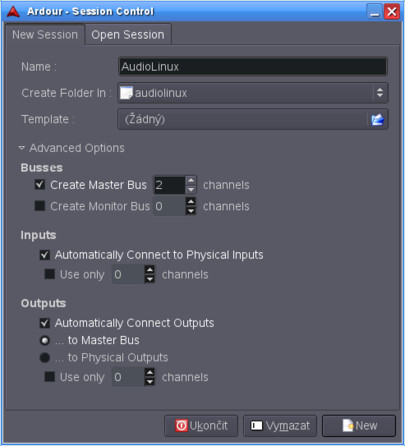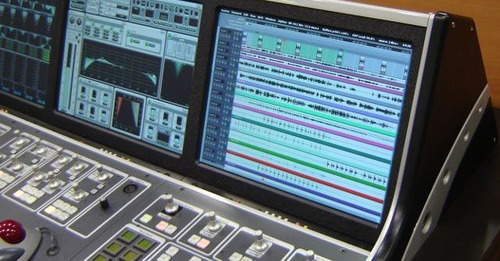


The instant.xml file is a “semi-persistent” preferences file. More details about the “instant.xml” file *If you delete any of these files or folders, Mixbus will recreate a new file with default settings when it is re-launched. If you delete this folder or its contents, you will have to re-scan your plugins.
#Ardour linux manual pdf mac os#
The preferences folder location varies with each OS, but it is always found inside the HOME (“~”) folder: The Mixbus “preferences” folder stores all of a user’s preferences, as shown in the Preferences dialog.

Channelstrip fader, EQ, compressor, and pan settings.Routes : a list of “routes” ( tracks and buses ) that are used in the session.Bundles : a list of bundles ( a bundle is a group of input (or output) ports that are associated, such as the 2 inputs of a stereo track ).Locations : a list of locations (markers, cd markers, region markers, loop/punch markers) that are used in the session.A playlist is a sequence of regions, and their specific settings (trim, fade, etc) Playlists : a list of playlists that are used in the session.Regions : a list of the regions (segments of an audio or MIDI file) used in the session.Sources : a list of the audio and MIDI files that are used in this session.Metadata : the metadata information for the session ( personnel details, etc ).Config : defines the Session Properties that were chosen for this session.Other workstations that use this format include Ardour and Waves Tracks Live.Ī detailed description of the session format is beyond the scope of this manual, but here is an overview of a session file contents: These files are plain human-readable XML. Mixbus session files use the industry-standard “Ardour” session file format. Some plugins (such as impulse-response based reverbs) need to store more information than is practical in the session XML file. It is safe to delete the contents of this folder, and Mixbus will create new data when the session is re-opened. peaks: Contains waveform images for display in the editor.interchange: This folder contains imported audio, recorded audio, and MIDI files.externals: This folder contains a list of external files that are used in the session, but were not copied into the session.export: This is the default location for exported files.Menu>Session>Clean-up>Flush Wastebasket: will delete audio files located in this folder. dead: This folder serves as a waste basket for unused audio.By storing this information, Mixbus doesn’t have to re-analyze audio when you initiate one of these functions. analysis: This folder contains data relevant to any audio files that Mixbus has analyzed for transient-detection and note-detection.The history file saves the UNDO history for that snapshot. history : every snapshot file has a “history” file. instant.xml : this file stores the most recently-used mouse mode, playhead location, and other transitory information.
#Ardour linux manual pdf series#
Navigating to a session folder will display a series of files and folders:

#Ardour linux manual pdf pdf#
About This Manual (online version and PDF download).


 0 kommentar(er)
0 kommentar(er)
